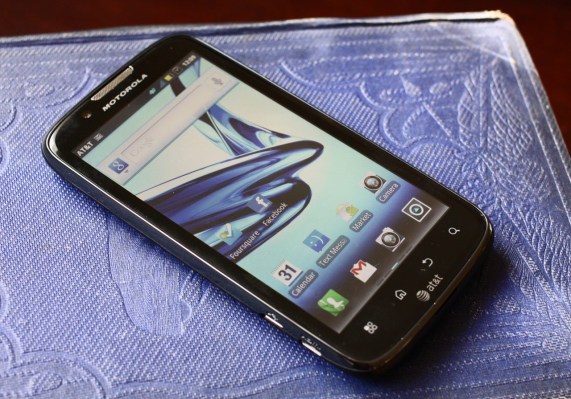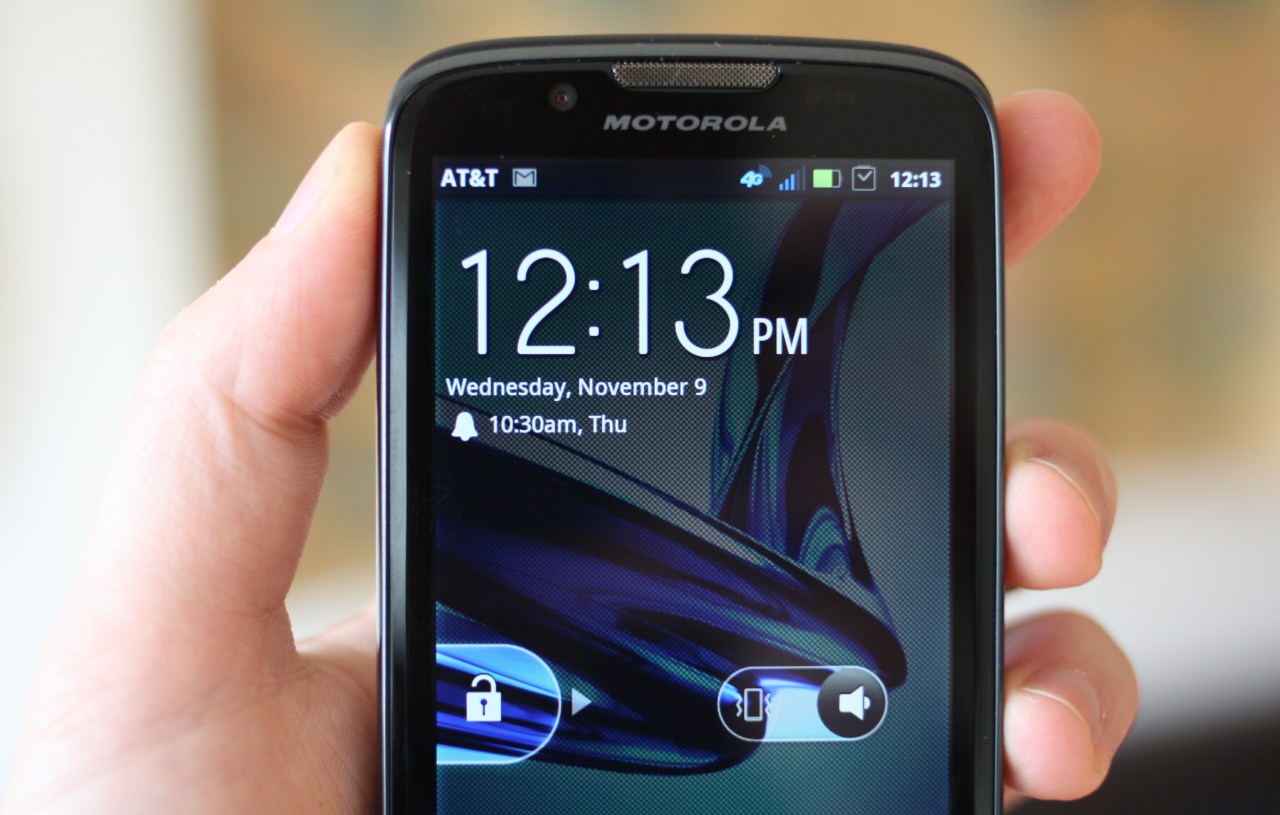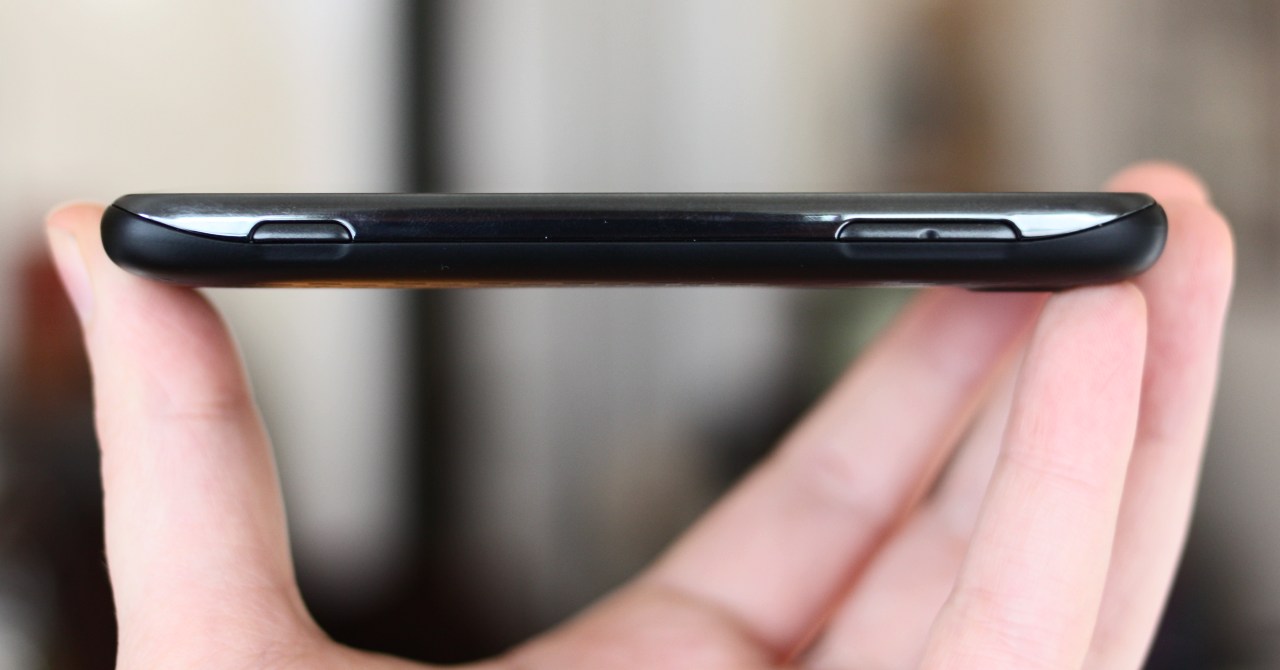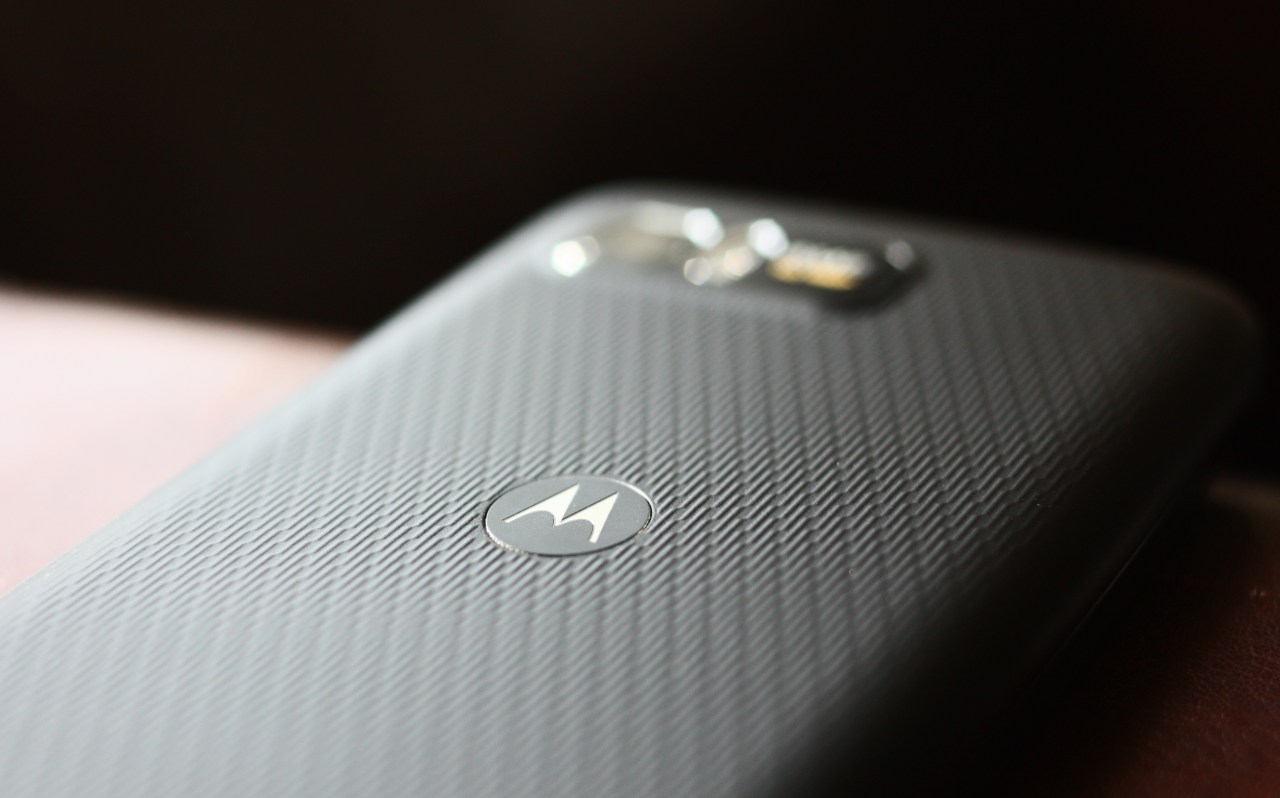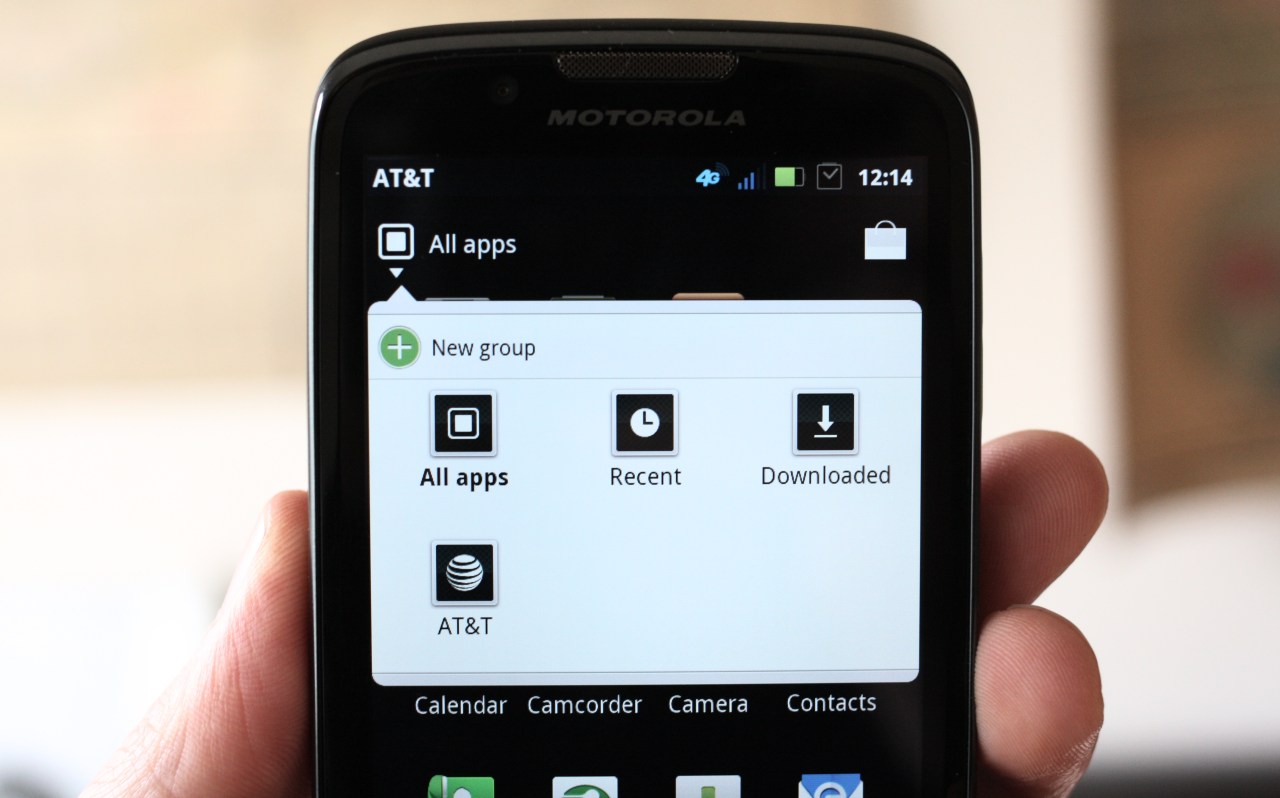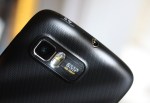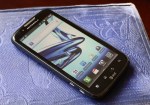Short version:
An attractive and comfortable phone with a great screen and solid camera. Not in fact a major update to the original Atrix, but it’s nice, despite some uncalled-for visual effects. Looking for an AT&T Android phone? This is probably your best bet right now.
Features:
- 4.3″ qHD display
- 1GHz dual-core processor
- 8MP camera with 1080p recording
- Webtop accessory for lightweight computing
- MSRP: $99 on AT&T with new 2-year contract
Pros:
- Bright and sharp screen
- Comfortable to hold, nice texture on the back
- Camera is quite decent, does great macro
Cons:
- UI styling is annoying
- 1GHz processor may not be enough for spec fiends
- AT&T branded apps aren’t really attractive
Full review:
We’ll keep this one short. The Atrix 2 is a high-end Android phone (not to say “superphone” like the Galaxy S II) that improves on the original Atrix, adding a better display and camera, faster 4G, and a few other refinements.
Hardware
The body of the phone, I have to say, feels great. The 4.3″ screen is surrounded by a fairly wide bezel, giving it a sort of chubby look, but in my hand it feels very natural and comfortable. Buttons are well-placed, though they’re recessed to the point of being flush, making them occasionally hard to hit. The power button, which of course you’ll be hitting the most, feels a little too squishy but always activated promptly and without any extra effort to find or press. The chassis is stiff and strong, and didn’t creak or crack when I stressed it.
The rear of the phone is a textured plastic that is very pleasant and grippy under your fingers. I much prefer this to the plain brushed or slick plastic of many other phones. I think it tends to pick up crumbs a bit more than them, though. It’s also nearly flat on the back; the camera unit sticks out just a millimeter, perhaps, not anything like the hump on other phones.
The original Atrix had a fingerprint reader, which was ditched for this version, either to save on costs or because simply no one wanted it. But the Atrix 2 has gained a dedicated camera button. This doesn’t work very well as a “quick launch” solution (hitting home and touching the camera shortcut is just as fast), but it’s a welcome addition when you consider that the new camera is one of the big selling points.
That camera is actually quite nice. My main criticism is that the shutter button should be a two-stage one, for setting an autofocus point. Also, it’s quite stiff, much more so than the others – to the point where it almost always moves the phone when you hit it. But I found the always-on autofocus to be fairly quick, accurate, and able to focus extremely close. Check out the clarity on these near-macro shots:
Even got a little nice foreground blur there. Naturally there’s a good amount of noise, which you’ll find at full size on any small-sensor camera. The colors are definitely not very vibrant, either, but that’s something you can easily control for. There was almost no delay between pressing the button and the shot being taken, and it was ready for another withing a second or two.
There’s a multi-color notification LED, which I still don’t believe isn’t standard on all phones.
Removing and replacing the battery cover is easy, and the rear panel flexes just enough to make it easier, but not enough to worry you about its quality. The MicroSD card slot is accessible without removing the battery, always preferable to the alternative.
Software
Stock Android has been modified somewhat, but not to the extent Motorola has previously with Blur. The AT&T blue theme pervades throughout, from a slightly janky lock screen to a really out-of-place browser icon featuring their logo prominently.
There is also and extremely irritating and not-subtle flashlight-shining-on-icons effect whenever you go between home screens. It loses its novelty after literally the first time you see it. The animations also seem longer than stock ones, and can only be turned off altogether (there is no way to turn off the flashlight effect). Get a grip, Motorola. Nobody wants this.
AT&T has included about 12 “bloatware” apps, depending on how you count, but they’ve also made it spectacularly easy to remove them. You go to your apps, and in the pulldown menu select “AT&T,” where they’ve kindly gathered all their apps. Little did they know how this app bucket would be used! From there you can long-press an app to delete it. No digging in menus, no waiting for app and component lists to populate. Easy peasy. The apps themselves are the usual account access and sponsored service fodder, unlikely to sway many users away from their established file, media, and doc syncing solutions. But nothing malicious.
Network speeds are middling. I got around 4 megabits (~500KB/s) in my neighborhood, where I recall the T-Mobile G2 used to get something like 8 megabits. Speedtest confirmed this (3857kbps down, 1641 up). Honestly in practice it was always quite fast enough, and few of these 4G phones really beat each other on the all-important latency. The improved wireless chipset doesn’t guarantee better speeds in every situation, but raises the ceiling. It all depends on the network conditions where you use the phone the most. In Seattle T-Mo is generally faster than AT&T, I’ve found, but elsewhere it will be the opposite. Take my informal measurements lightly.
Battery life I found to be very good. I’ve had my phone unplugged since about midnight, receiving emails on a 4G network, taking pictures, sending photos to myself for this review, and so on, and it’s currently at 80% (as I’m editing this three hours later, it’s at 70%). Streaming media on 4G will naturally drain this more, but this seems to me to be an all-day phone, and it’s made it through plenty of days already. I’ve seen other reviews complain about battery, but personally I haven’t encountered anything out of the ordinary.
Then there’s the webtop functionality. Unfortunately I wasn’t allocated a unit to test this out, so I’ll stay quiet on it and let you check other reviews for an opinion on this feature.
Conclusion
If you’re on AT&T and not an iPhone user, I’d say that this is a bargain for $99. It beats out the competition from HTC in a number of ways, and feels to me like a solid phone plain and simple. As long as you can get around that stupid flashlight effect.
